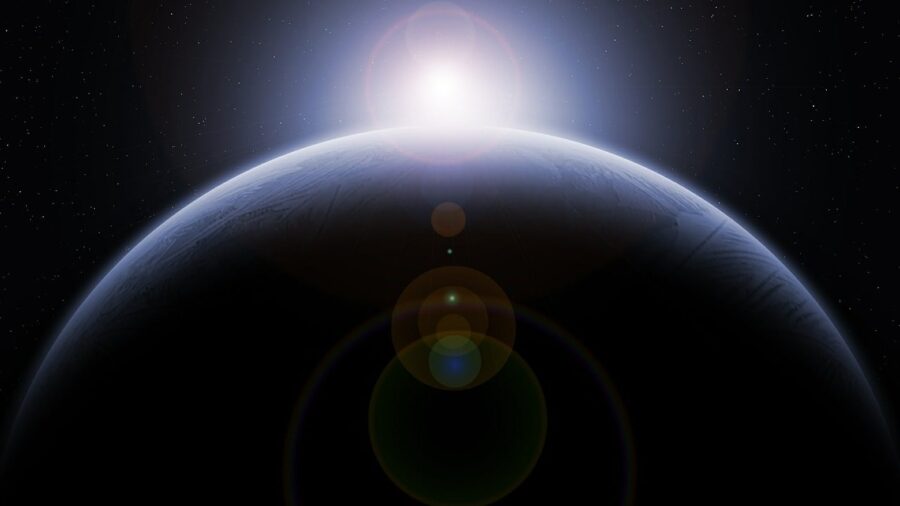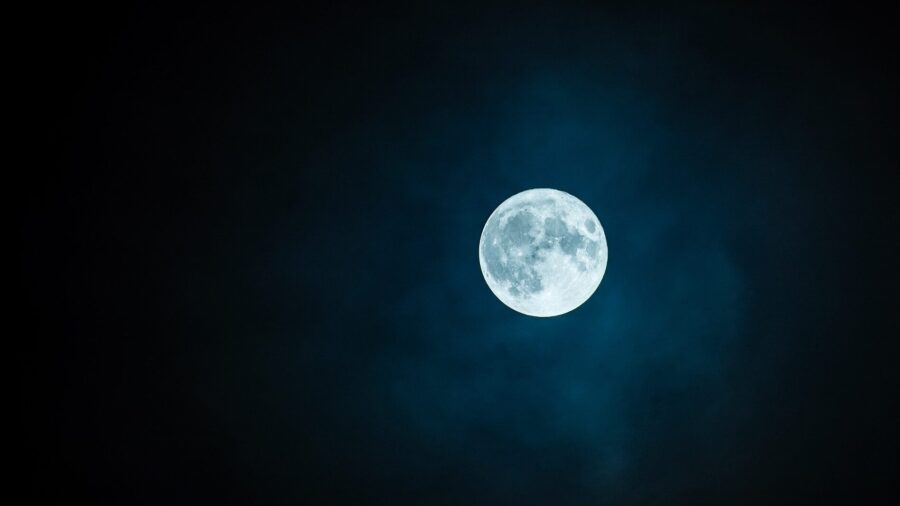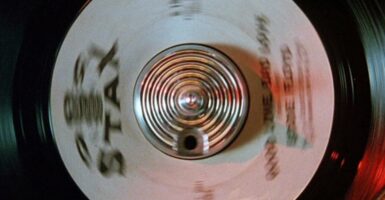Scientists Find Mysterious Radioactive Rock On The Dark Side Of The Moon

According to a write-up in The Source, NASA scientists have uncovered a massive radioactive moon rock on the dark side of the moon, which could help unlock ancient secrets about the satellites’ history and formation. The rock is made out of granite, which, when found on the surface of the Earth, generally indicates a volcano’s presence or former presence.
Scientists may have found the remnants of a volcano on the dark side of the Moon.
While scientists have not officially concluded that there are ancient remnants of a volcano on the moon’s dark side, it sure would make for an incredible secret lair for the next James Bond villain.
The existence of granite within the moon’s subsurface certainly seems to suggest that the far side of the moon, which always faces away from the Earth, once contained volcanoes, which could have erupted to form the moon rock over 3.5 billion years ago. This places the eruption fairly early in the history of the moon’s existence, as the leading scientific theory suggests that the moon was originally formed roughly 4.5 billion years ago.

The hypothesis, often referred to as the Theia Impact or simply the Big Splash, suggests that the moon was once a part of the Earth’s surface before splitting into the atmosphere. This split was caused, as the Big Splash asserts, by a collision between Earth and a Mars-sized planet sometime between 20 million to 100 million years after the Solar System first formed. This means that, like all of the moon, the volcanoes that formed the moon’s rock were once found on our planet’s surface.
One theory that would explain volcanos under the lunar surface is that the Moon splintered off of Earth close to the birth of the solar system.
While human beings have done several cursory explorations of the Moon’s surface since the first steps onto the lunar orbiter in 1969, no human has ever stepped on the dark side. This is due to both the complete absence of light and the increased difficulty for sending and receiving communications.
Humans have seen the dark side in person while orbiting the moon, and the various NASA probes have provided us with a great deal of information about the dark side’s surface, such as the subterranean moon rock.
Radioactive Rocks On The Moon Leave Scientists With More Questions
NASA scientists were able to determine the chemical composition of the radioactive moon rock by measuring microwave frequencies and testing for the existence of geothermal activity. From these tests, scientists could extrapolate certain radioactive signatures only present in granite structures, such as those left on Earth by massive volcano ranges. The hunk of granite apparently ranges 30 miles in diameter, with no telling just how much more of the material is buried deep within the moon’s core.
Like all great scientific discoveries, this moon rock may actually leave scientists with more questions than answers. Granite is extremely difficult to form without water, leaving some scientists to wonder if water could be trapped beneath the moon’s surface, which has been a long-held theory in the scientific community. There are also no tectonic plates present within the moon, and the reduced gravity would render the existence of flowing lava difficult to comprehend.












